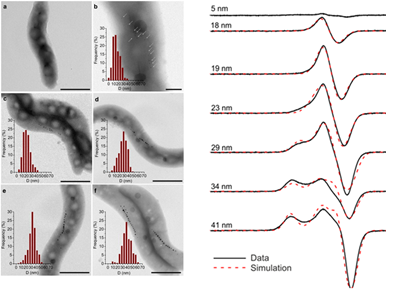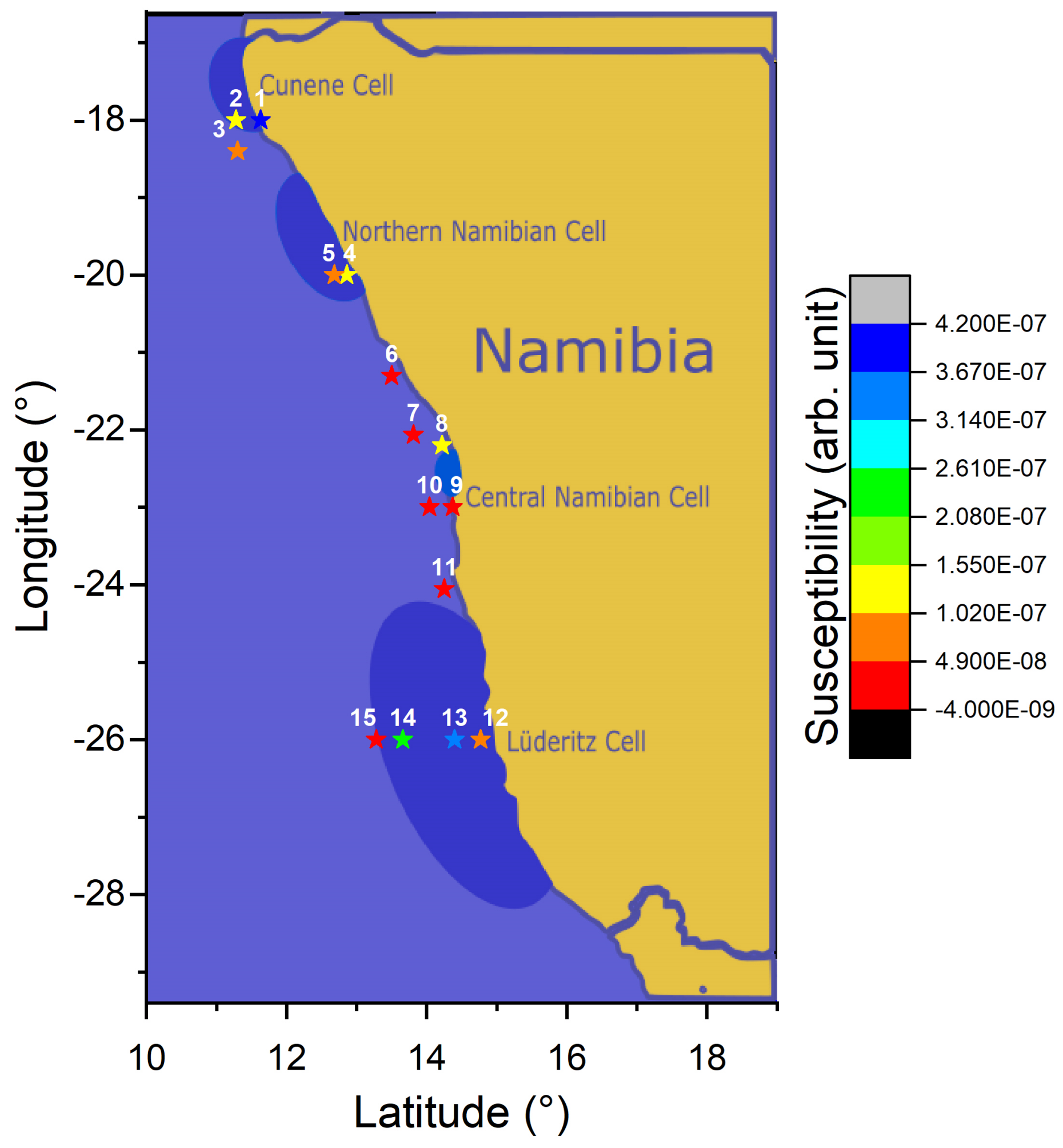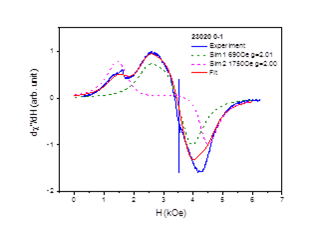Magnetotactic bacteria in natural system
Our knowledge on the microbial evolution on the Earth is fragmentary and this mainly because soft-bodied microorganisms do not preserve well in sedimentary environments. Among the microbes, magnetotactic bacteria (MTB) represent a special class of organisms, because they precipitate mainly magnetite biominerals in chains, which can be preserved while the cellular matter is decomposed. Given this MTB and their fossil remains are invaluable magnetic biomarkers. A focus of our ongoing research is the use ferromagnetic resonance spectroscopy (FMR) to analyze the magnetic anisotropy properties of intact magnetite chains in cultured MTB. The FMR information is then a key to detect MTB and their fossil remains in natural samples (Figure 1).

In a current PhD project (Barbara Lesnak) in collaboration with the Biogeoscience group of Prof. Eglinton at ETH Zurich and Prof. M. Charilaou (University of Louisiana at Lafayette, U.S.A.), we search for MTB in sediments along the coast of Namibia in order to decipher the origin and legacy of microbially-derived magnetism in marine deposits (Figs. 2-3). Preliminary FMR results show the presence of MTB in the marine sediments and from the spectral properties, it can be assumed that the MTB are better preserved in the upwelling cell.


- Faivre, D., Fischer, A., Garcia-Rubio, I., Mastrogiacomo, G. & Gehring, A.U. Development of cellular magnetic dipoles in magnetotactic bacteria (2010) Biophys. J. 99, 1268-1273.
- Charilaou, M., Winklhofer, M. & Gehring, A.U. (2011). Simulation of ferromagnetic resonance spectra of linear chains of magnetite nanocrystals. J. Appl. Phys. 109, doi:10.1063/1.3581103
